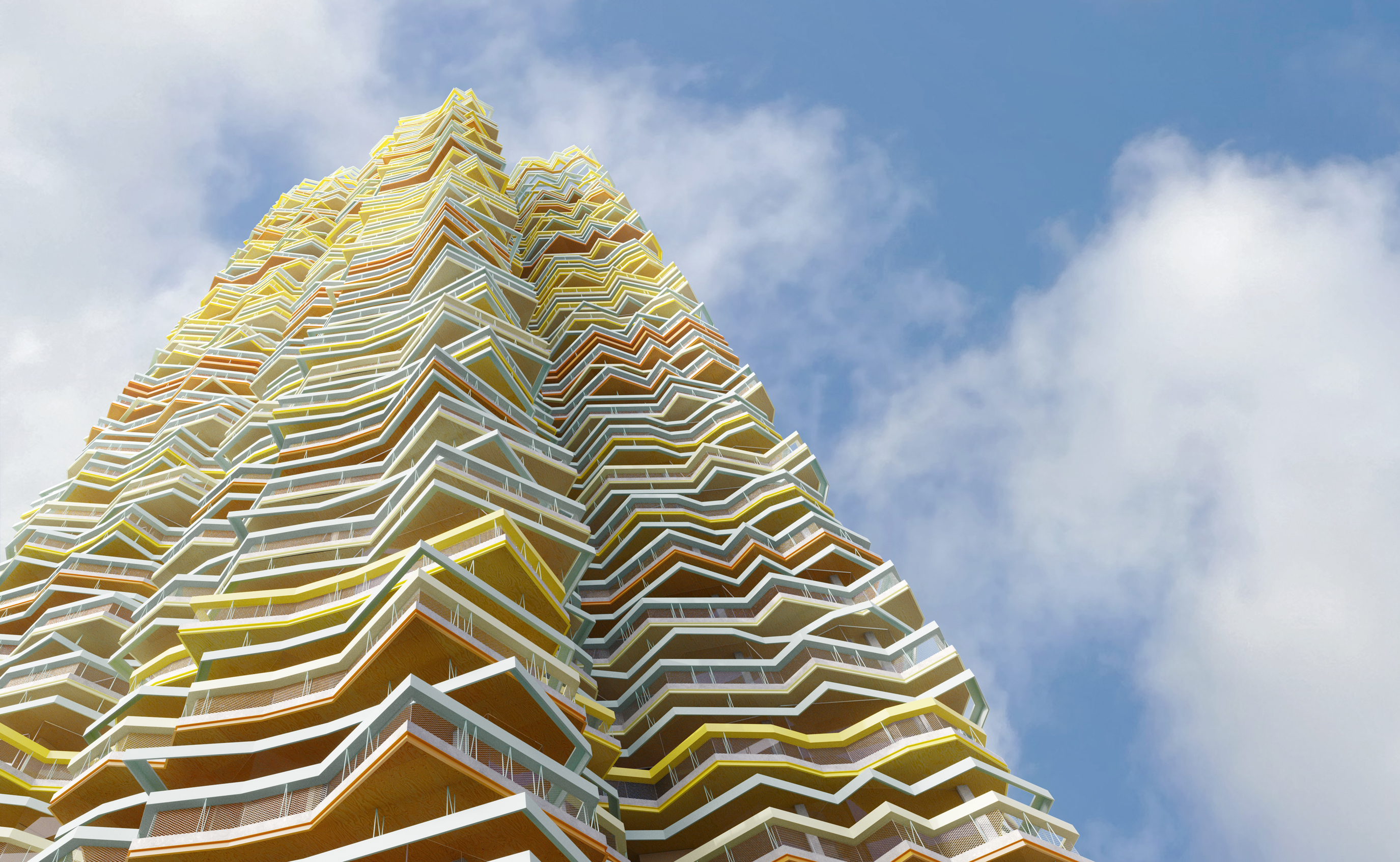Located near the Montenegro border, Shkodra is one of Albania’s oldest cities. An important cultural and economic hub, it was the capital until 1920, when the seat of government moved to Tirana. Along with a natural landscape it has a rich cultural heritage, boasting architectures of different historical periods, with very varied influences. Jointly designed by the Spanish firms FRPO and Selgascano, the new tower seeks to be part of this diversity. Its three main facades face the most significant views of the environs: the Albanian Alps to the northeast, Rozafa Castle and the Drin and Buna rivers to the south, and Lake Shkodra to the northwest.
The tower organizes three program areas vertically: commercial spaces occupying the first three floors; residential units taking up the next twenty; and the hotel in the top seven. A level of facilities separates each block from the one immediately above or below. This solution minimizes the length of the ventilation ducts and avoids concentration of machinery on the roofs.
The tower’s fragmented geometry reduces perceptions of it as a monolithic mass, generating dynamic facades that integrate vertical crevices at the bottom of which the independent entrances are situated. The hotel is entered underneath the north crevice, in continuity with the current entrance of the existing Hotel Rozafa. The shops are accessed at the foot of the southeast crevice. And access to the apartments is through the low part of the southwest crevice.
Prioritizing sunlight, the triangular floor plan excludes north orientations. Shkodra has a warm Mediterranean climate but it gets very rainy too, hence the solution of deep perimetral terraces.
The volume of the tower was designed on the basis of a series of planes and horizontal lines of different color tones that create a sense of lightness and stylize the building’s mass. All planes are covered with wood in different textures. Elements like slabs, handrails, and parasols are painted in yellows, oranges, and light greens, completing the chromatic composition of the facades.
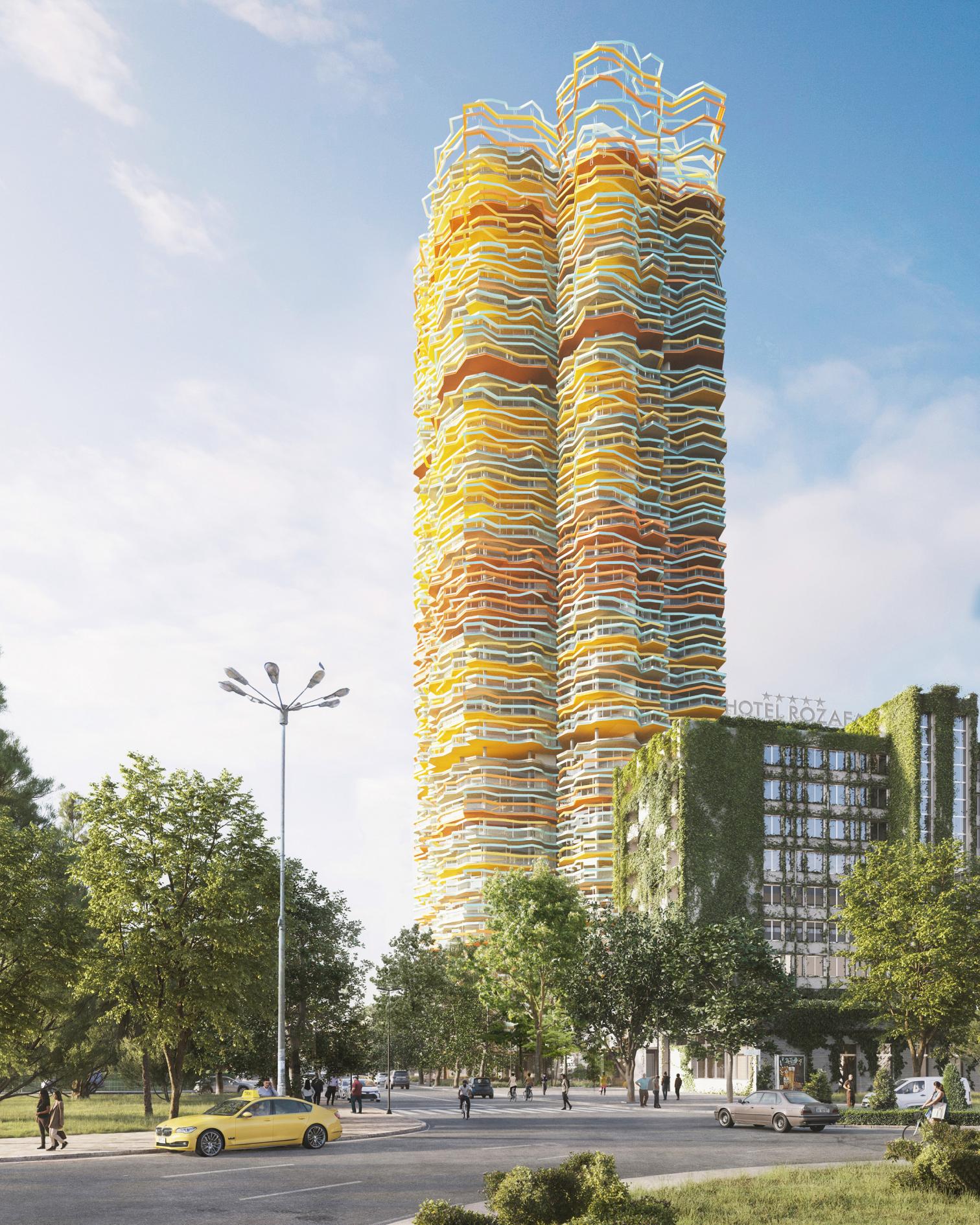
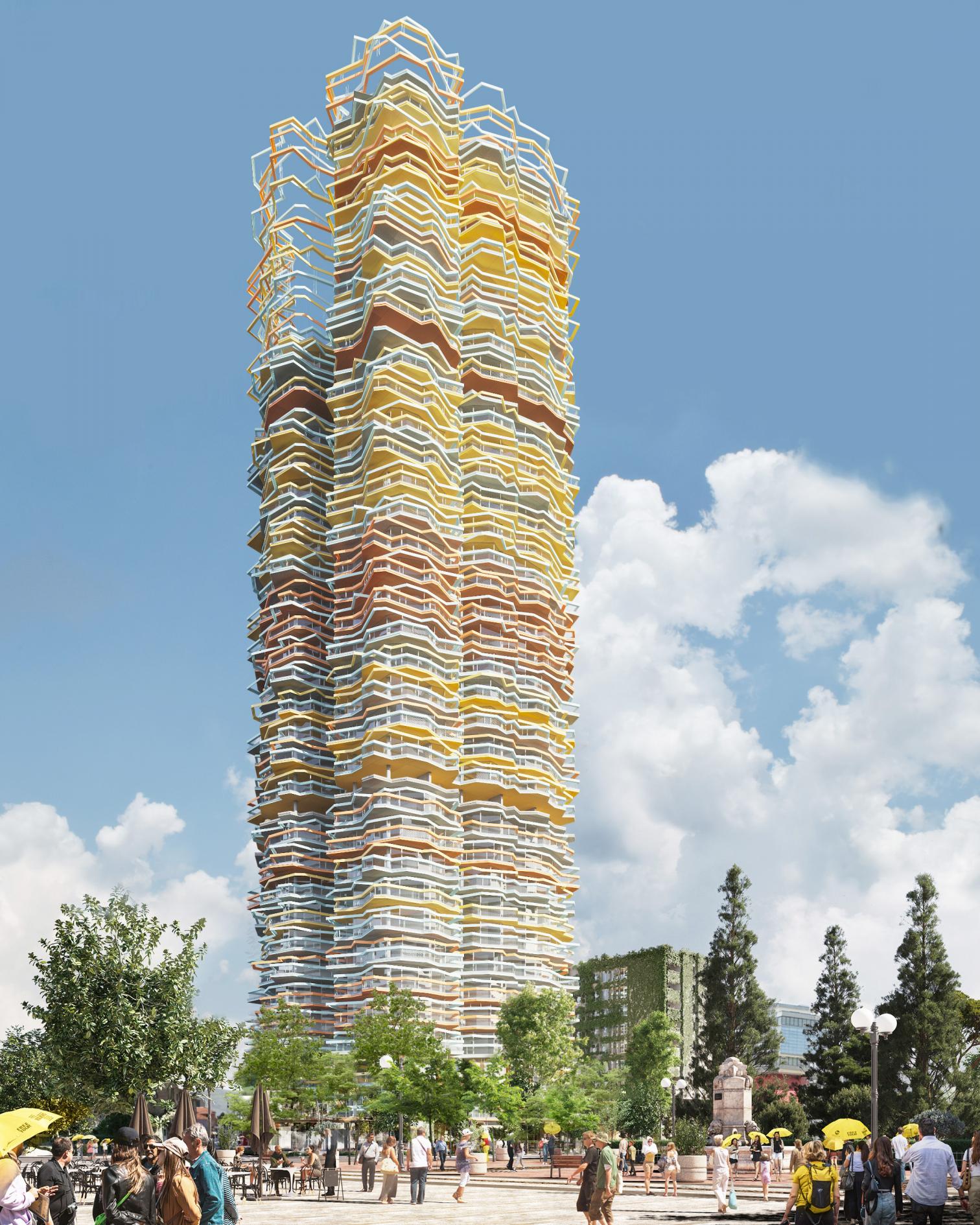
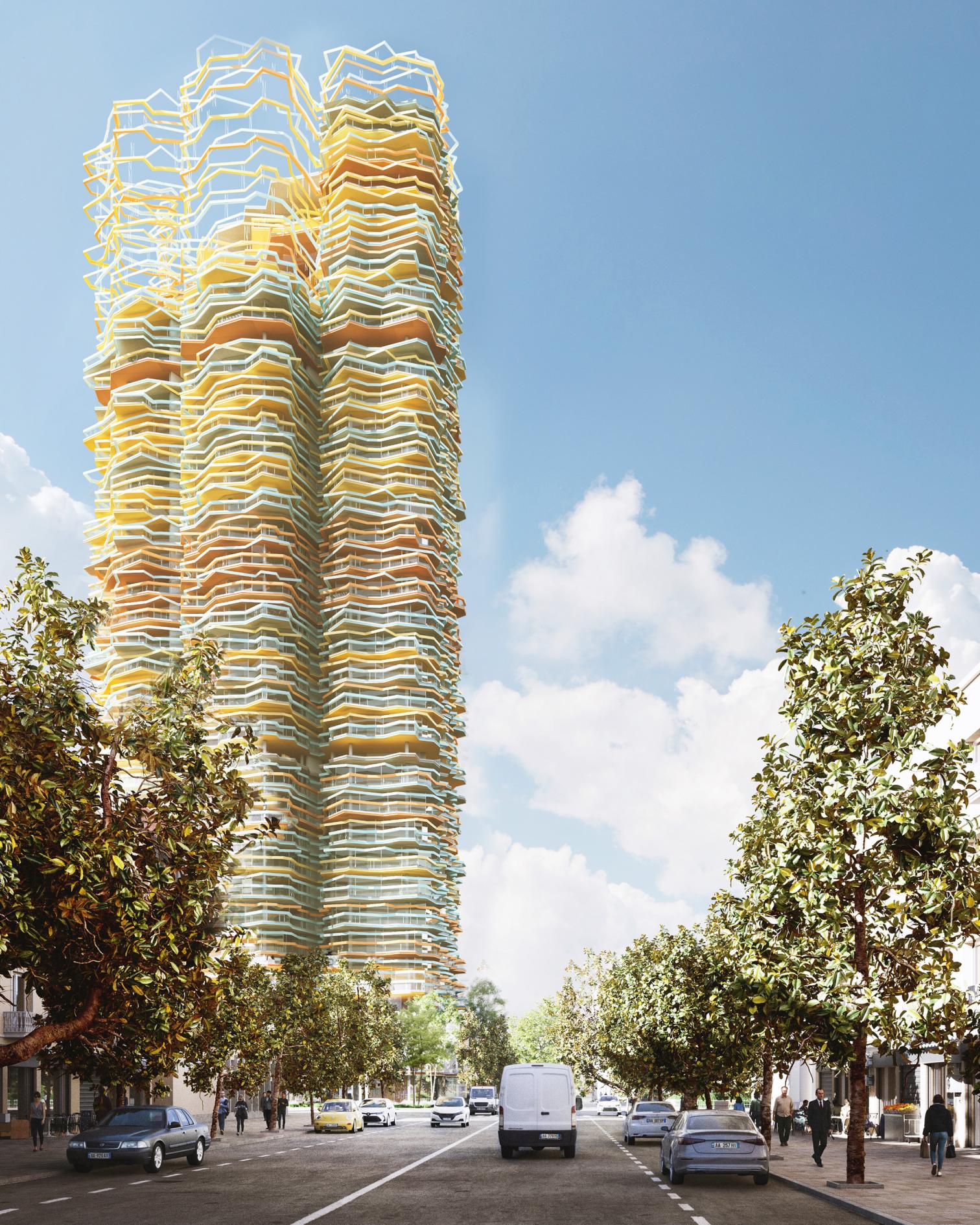
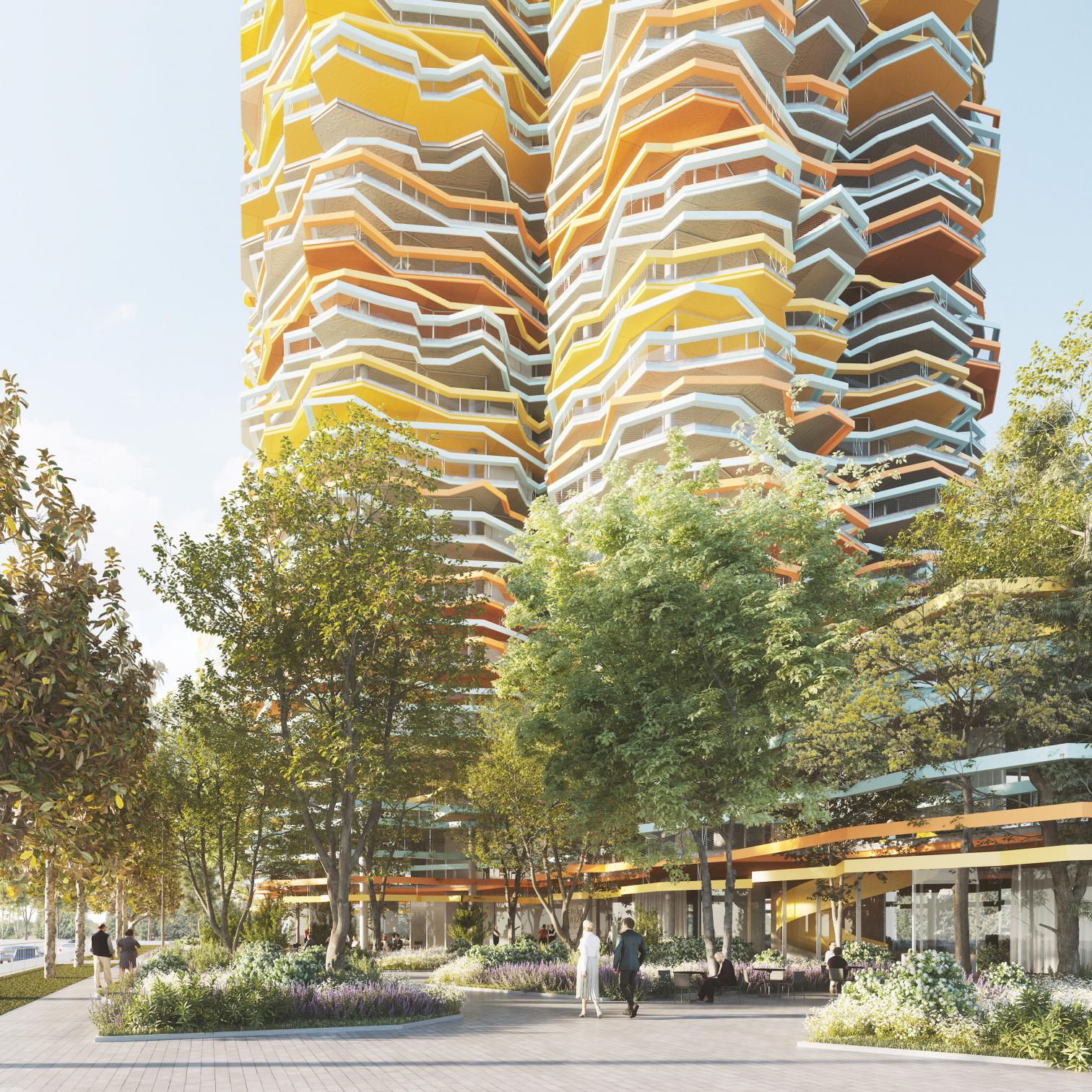
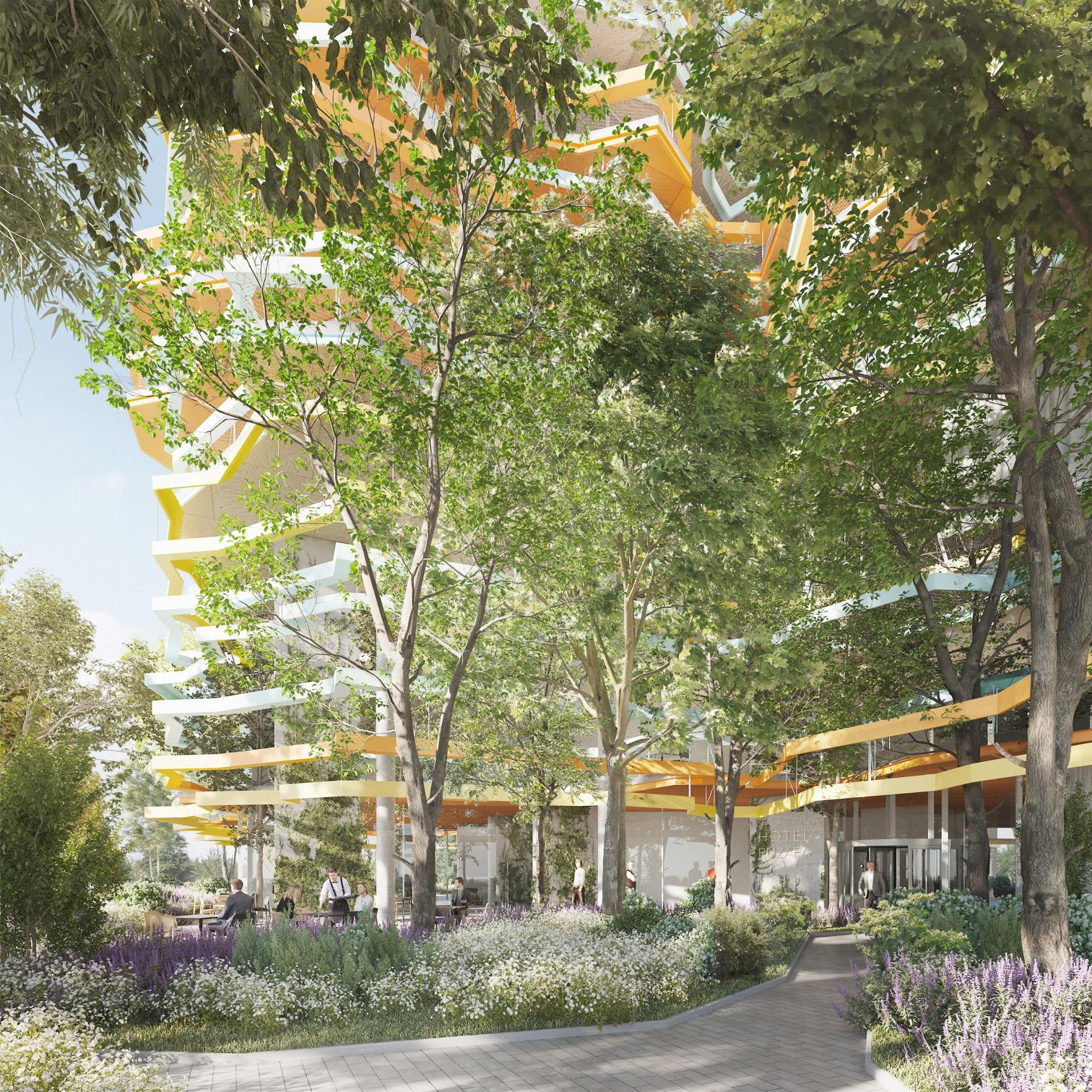
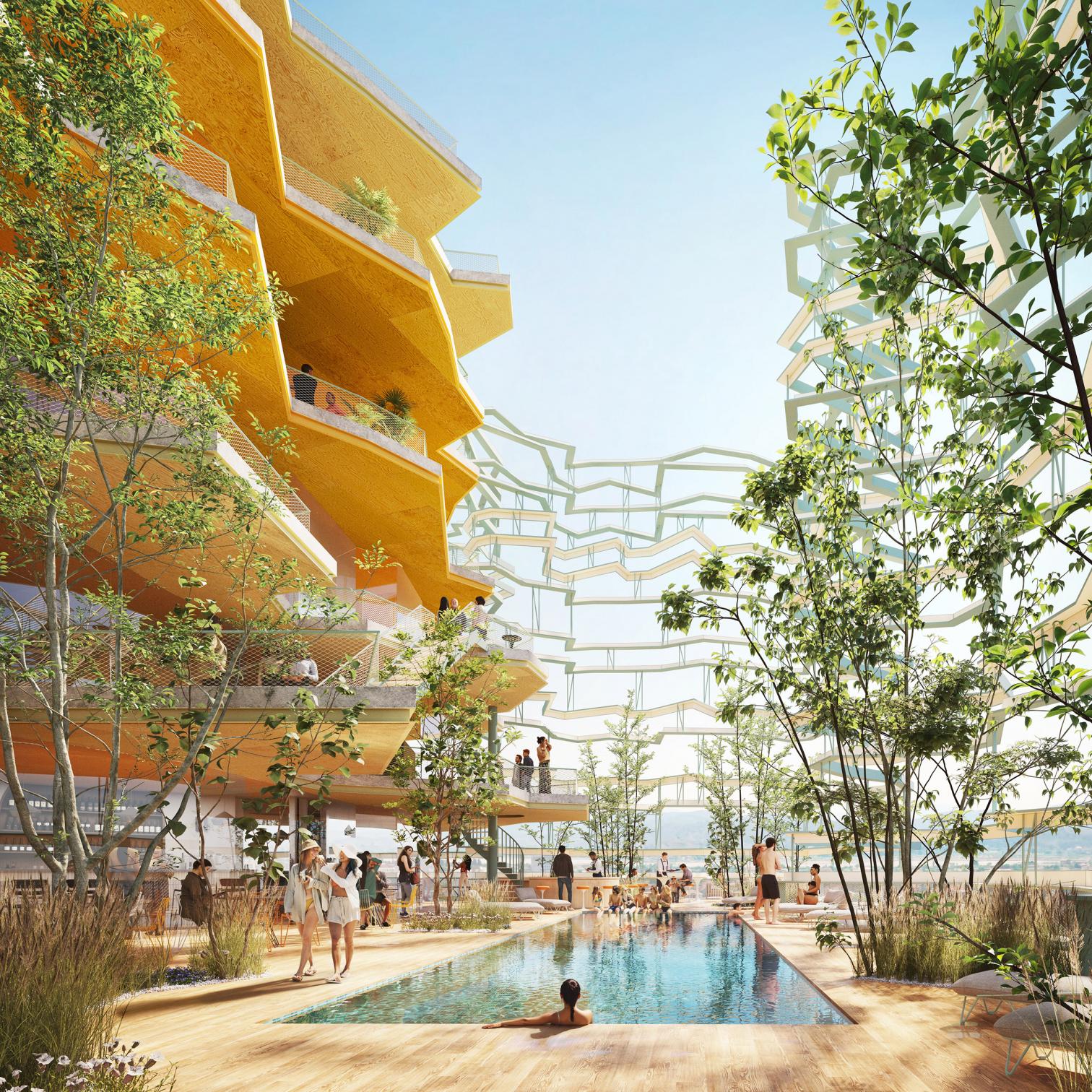
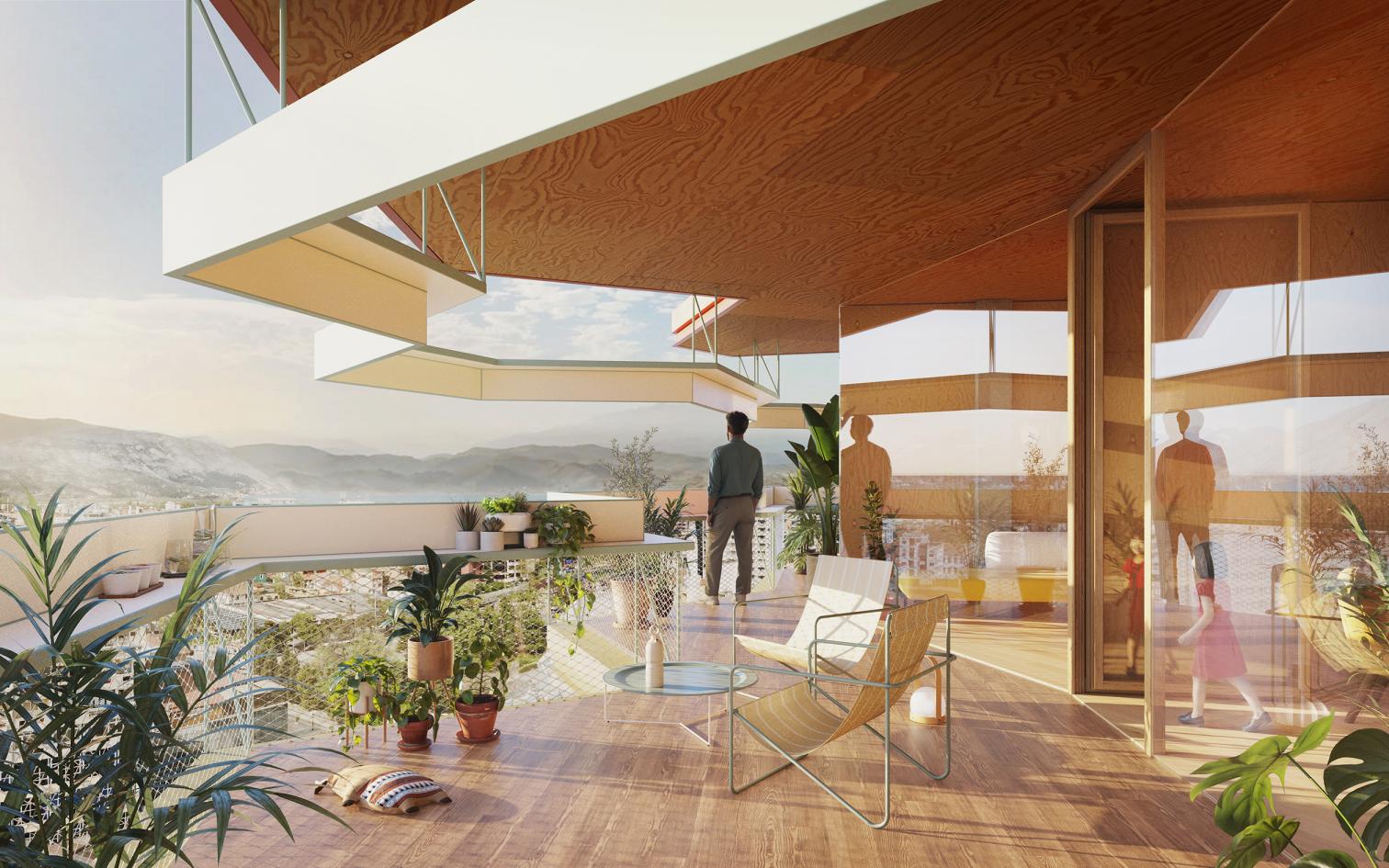
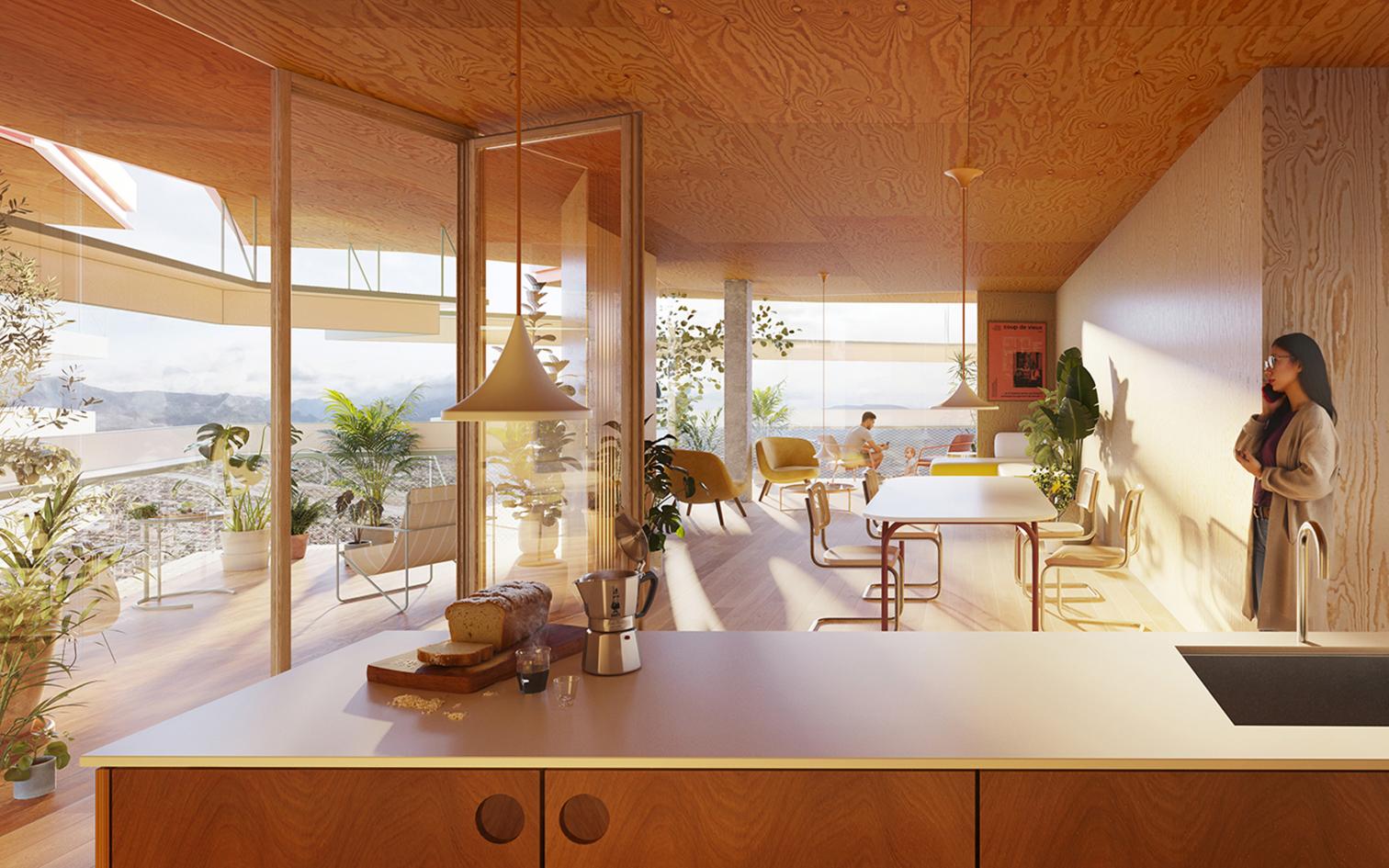
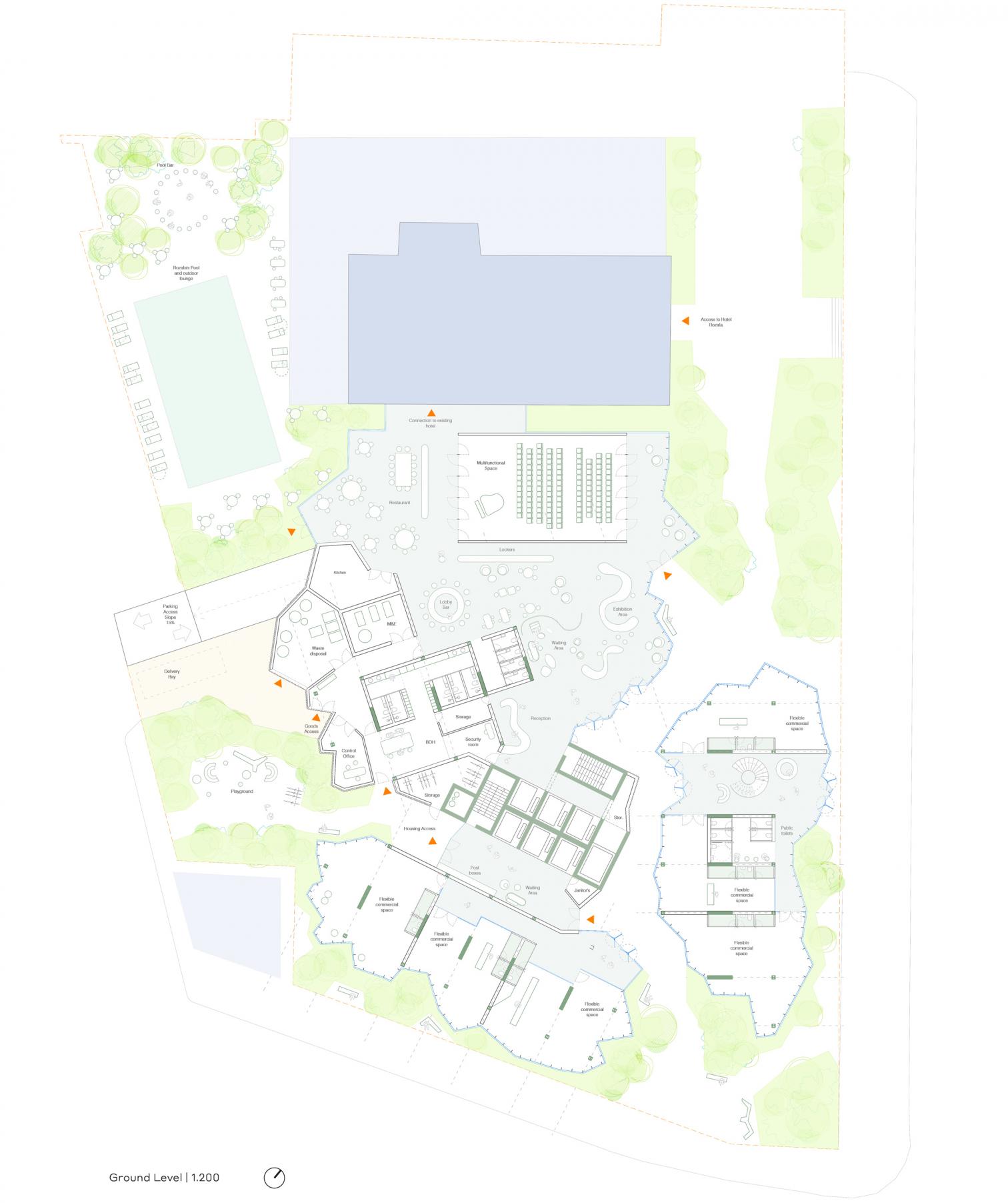
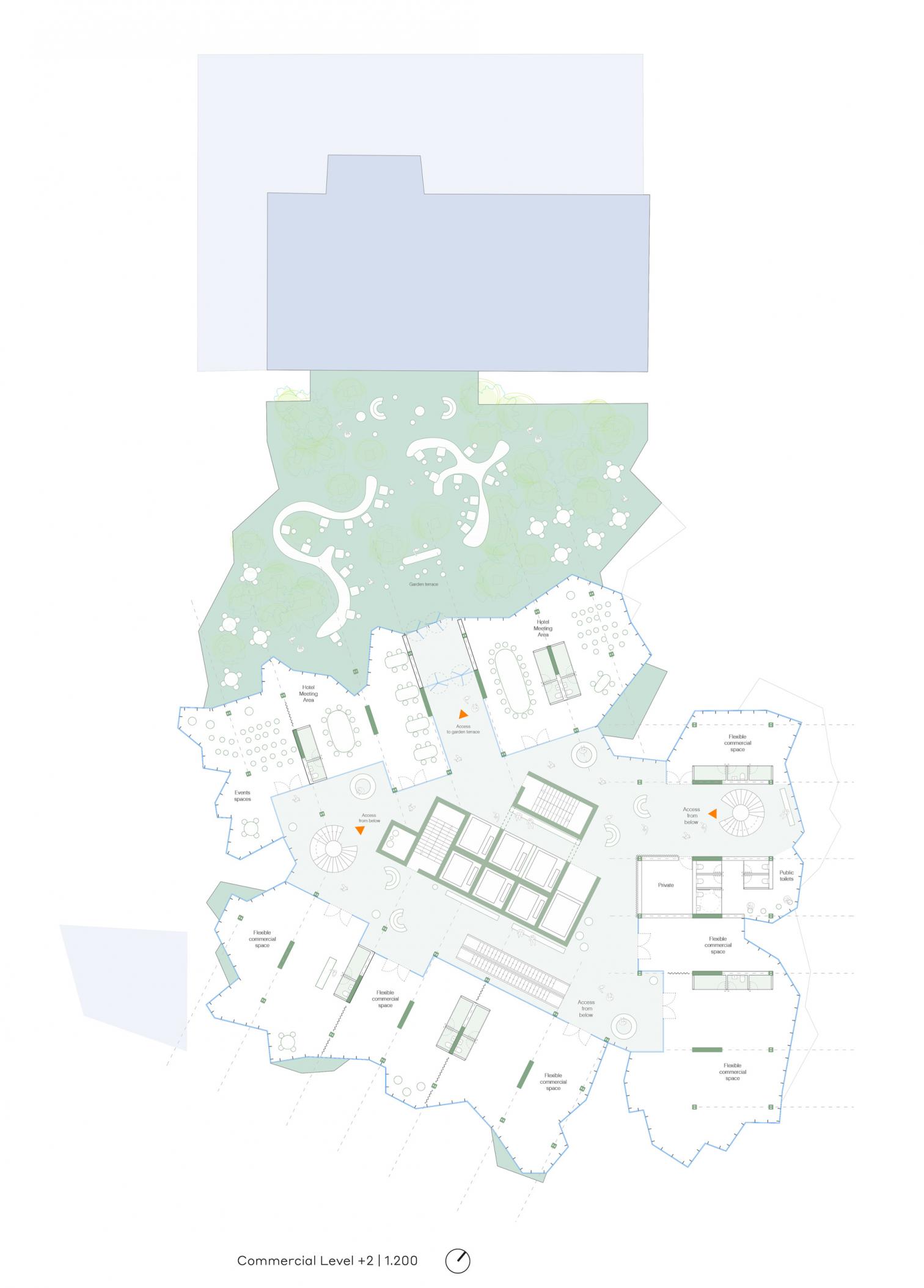
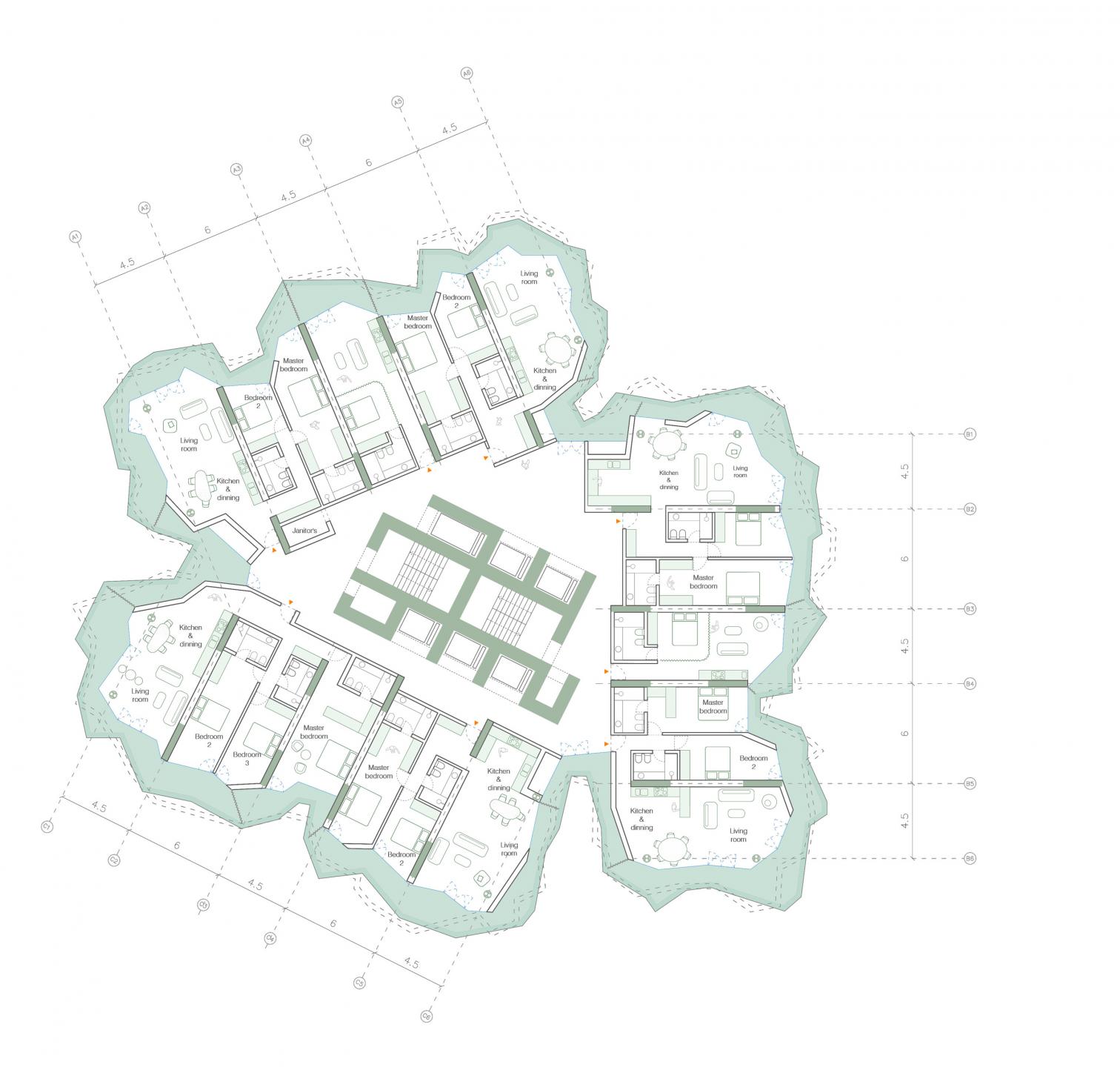
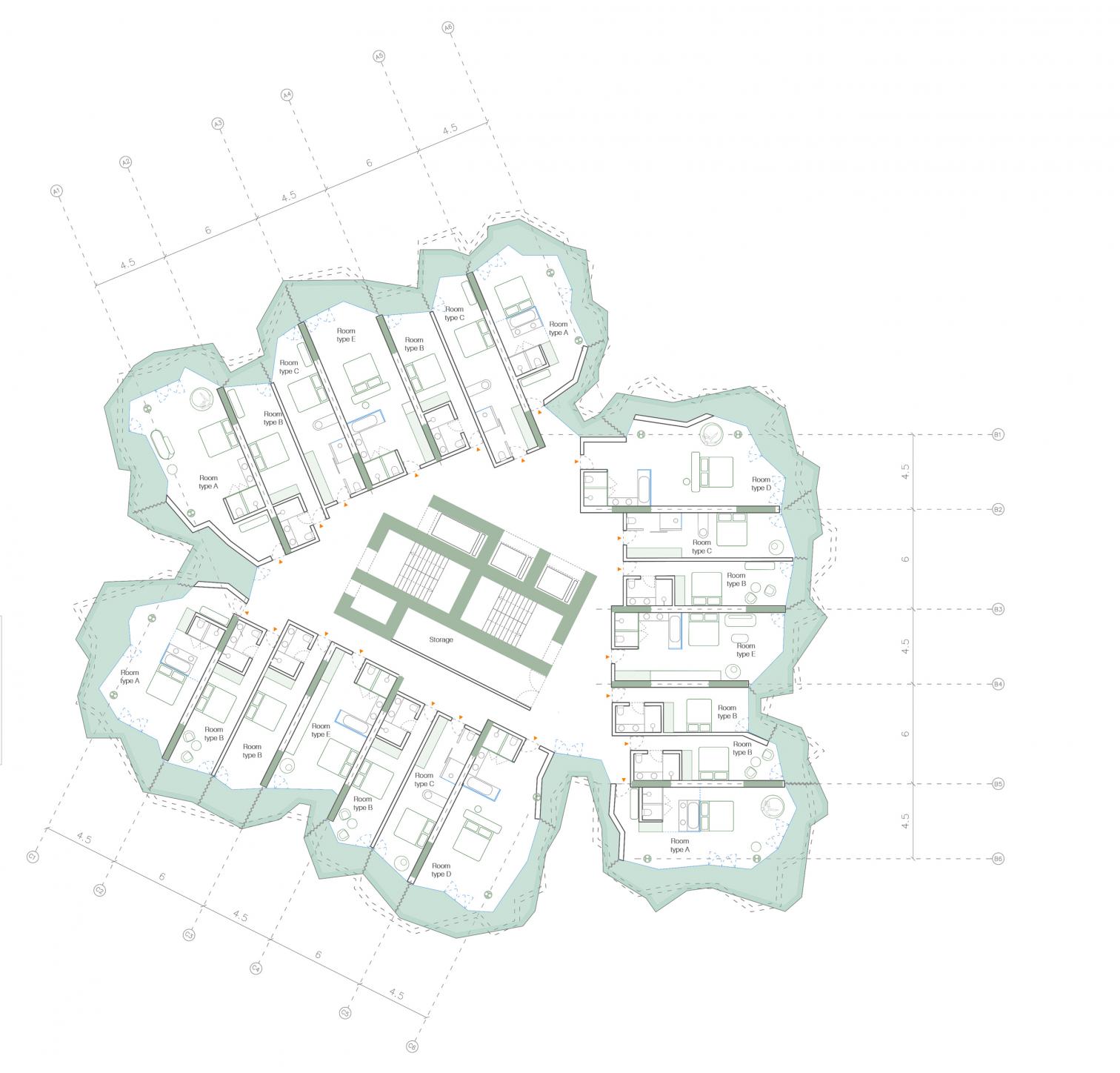
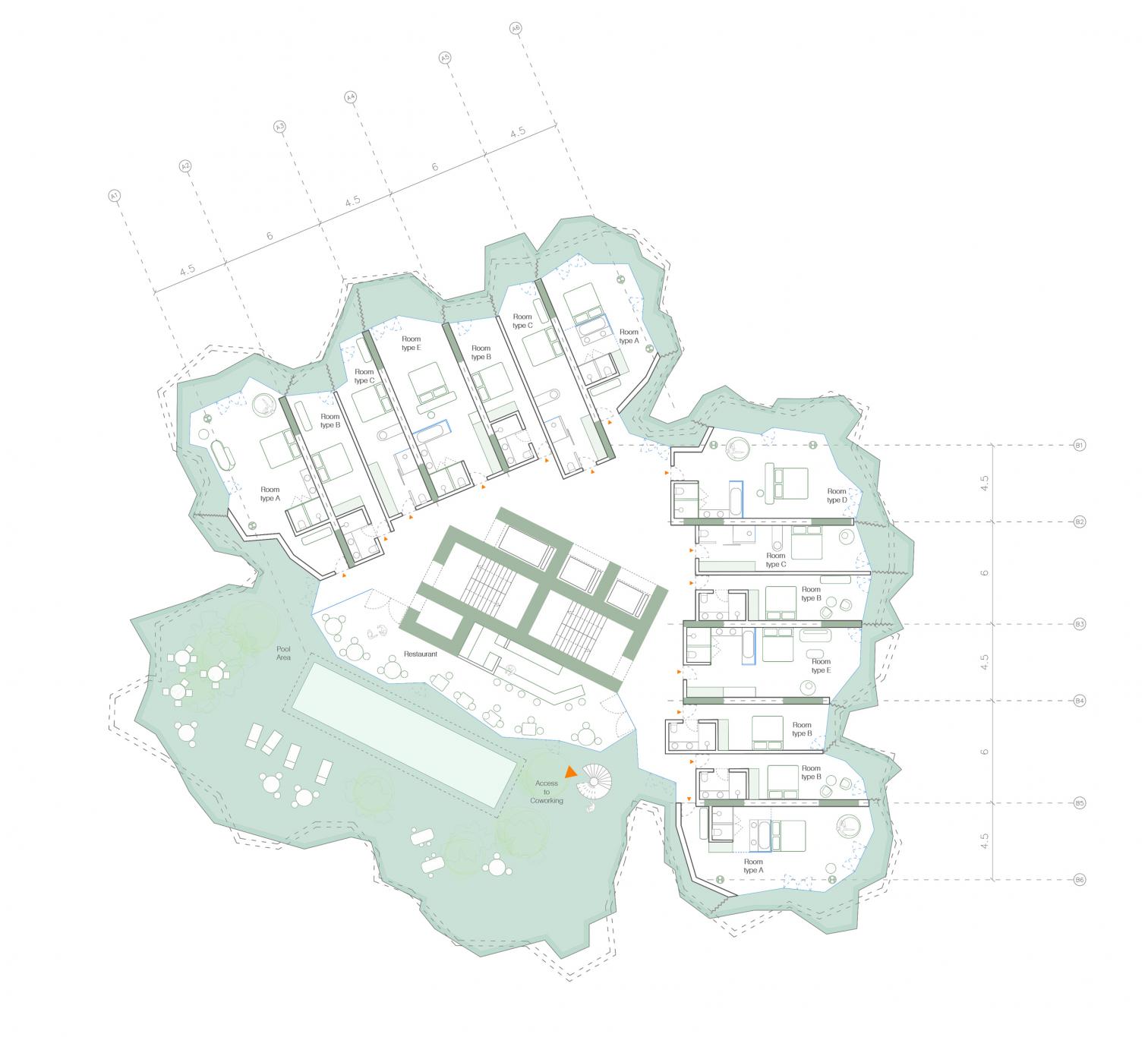
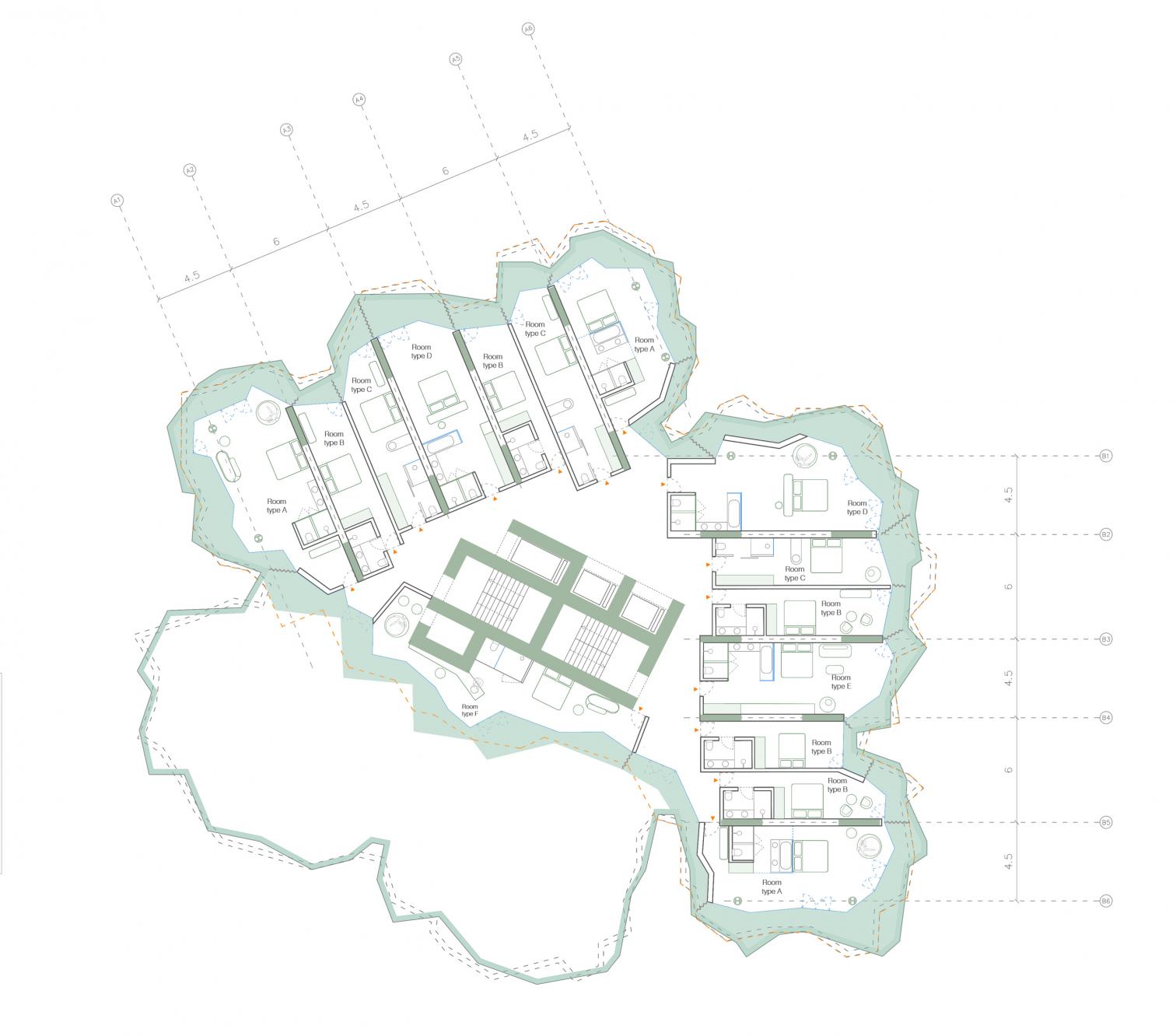
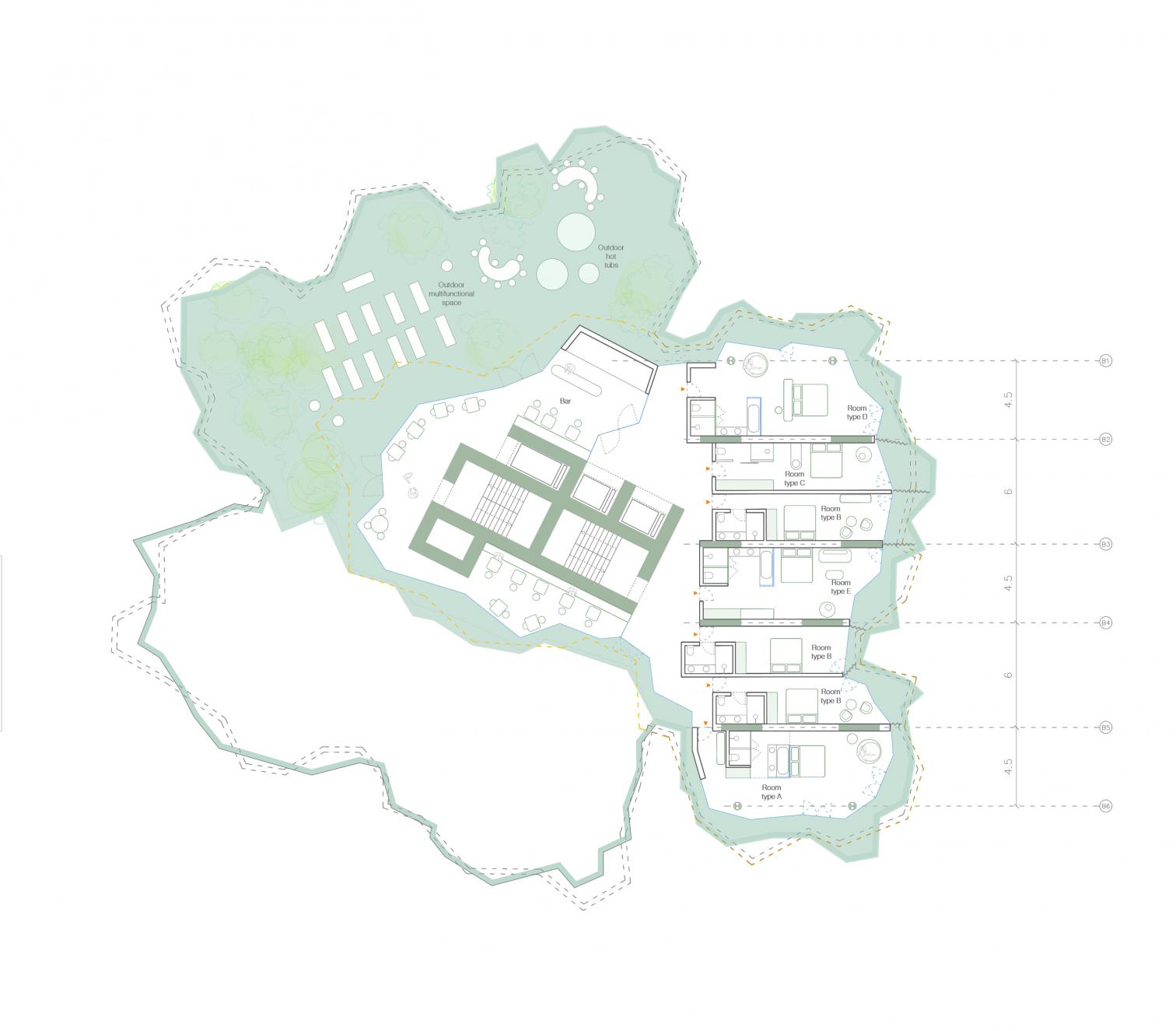
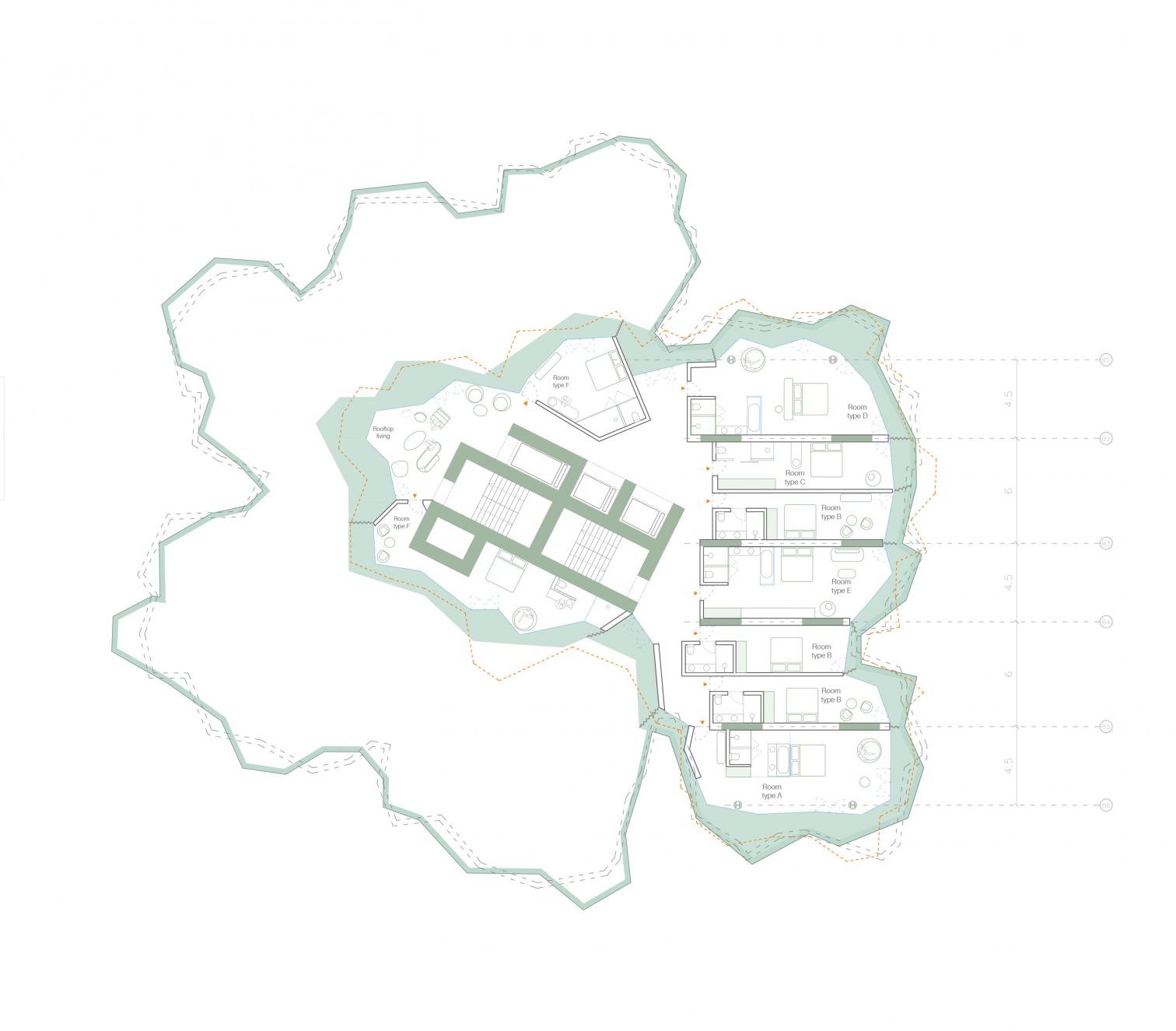
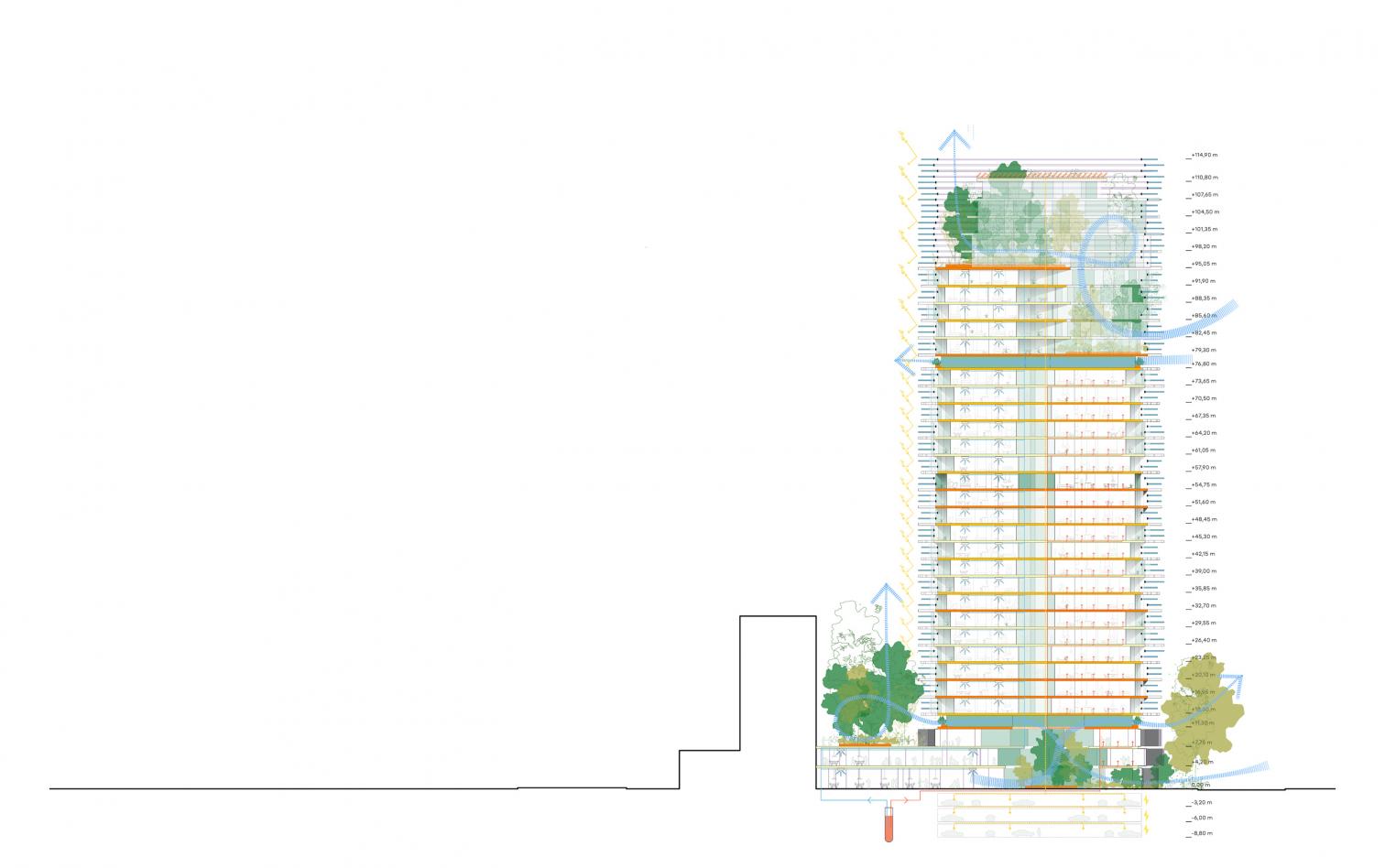
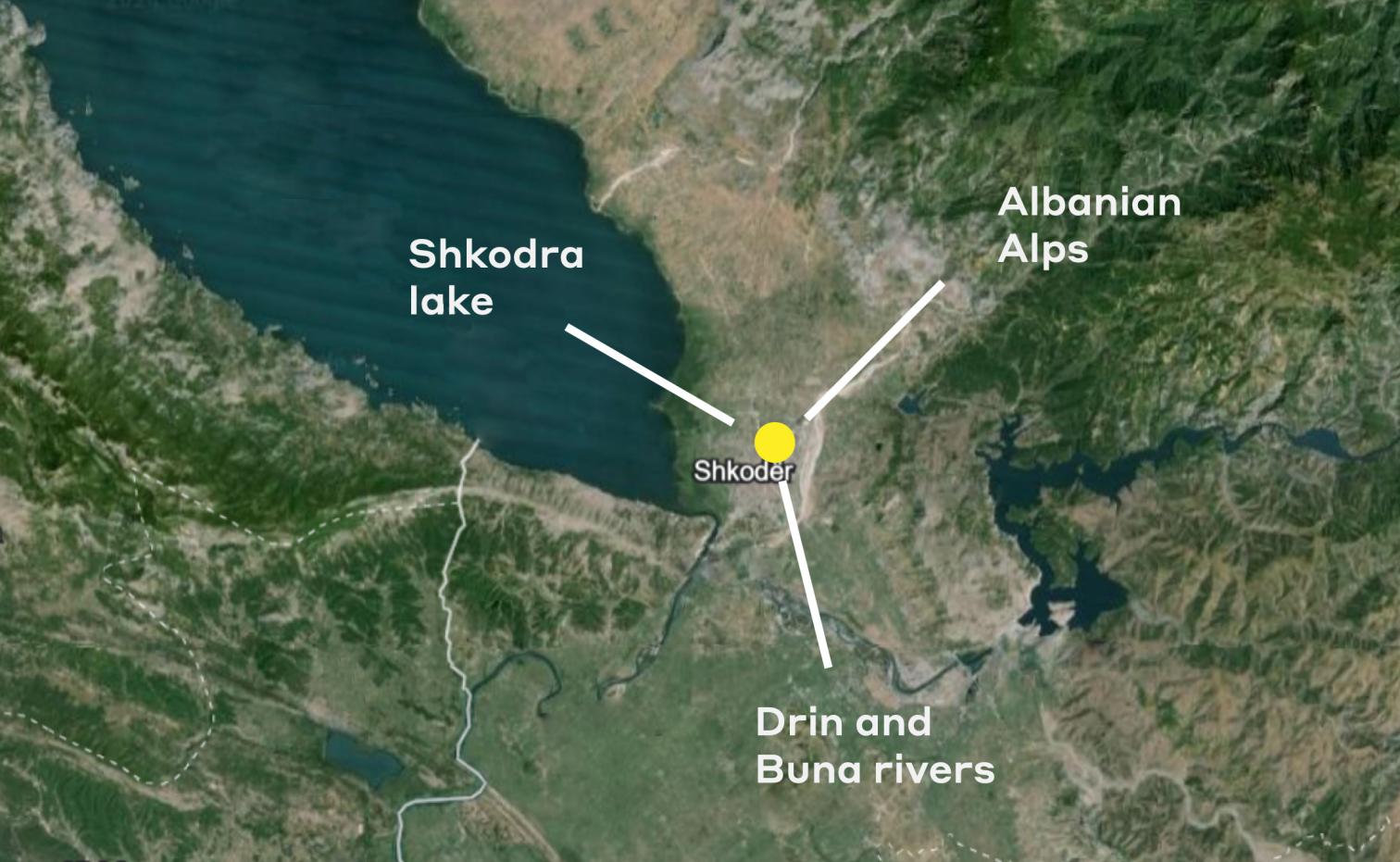
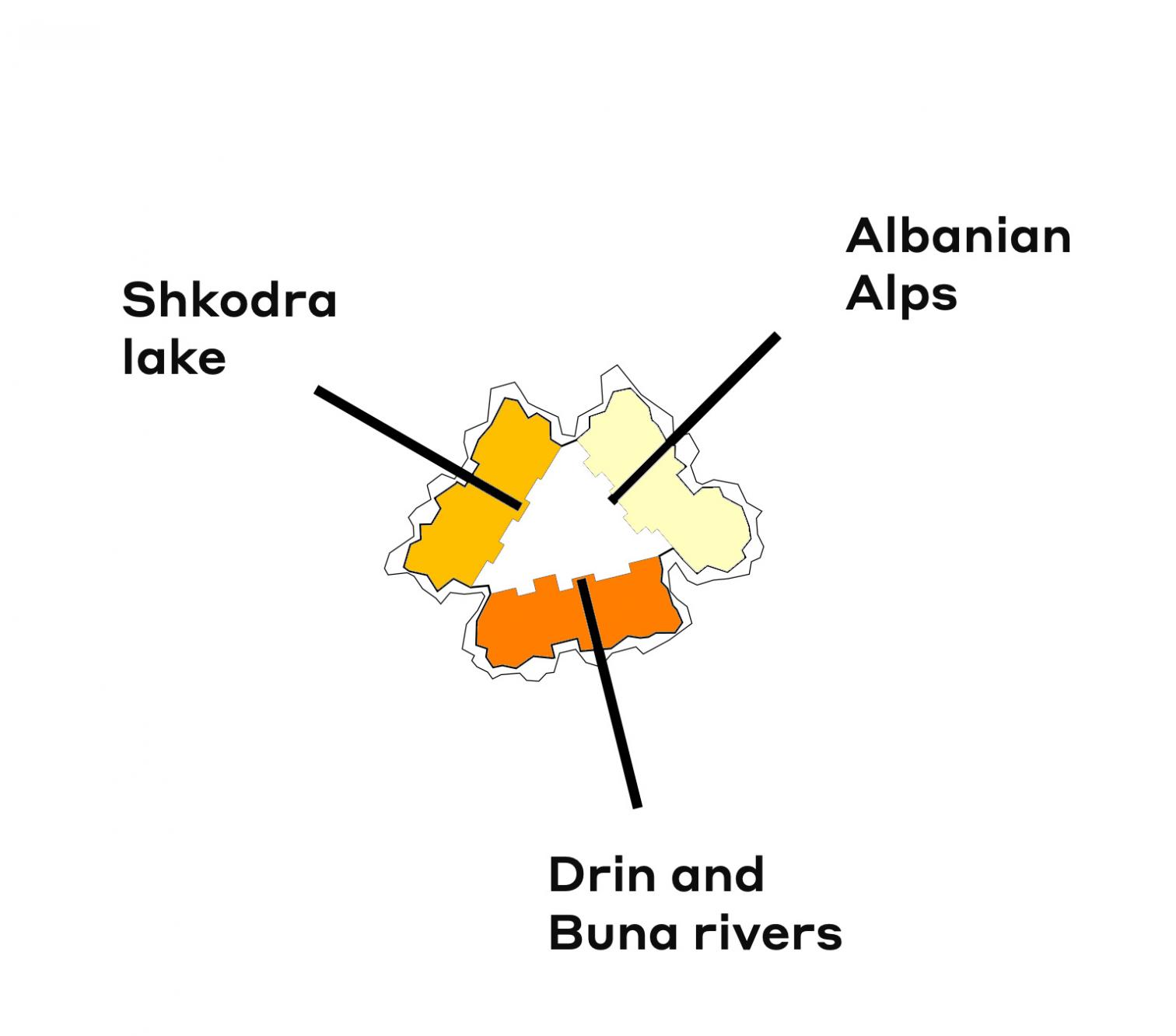
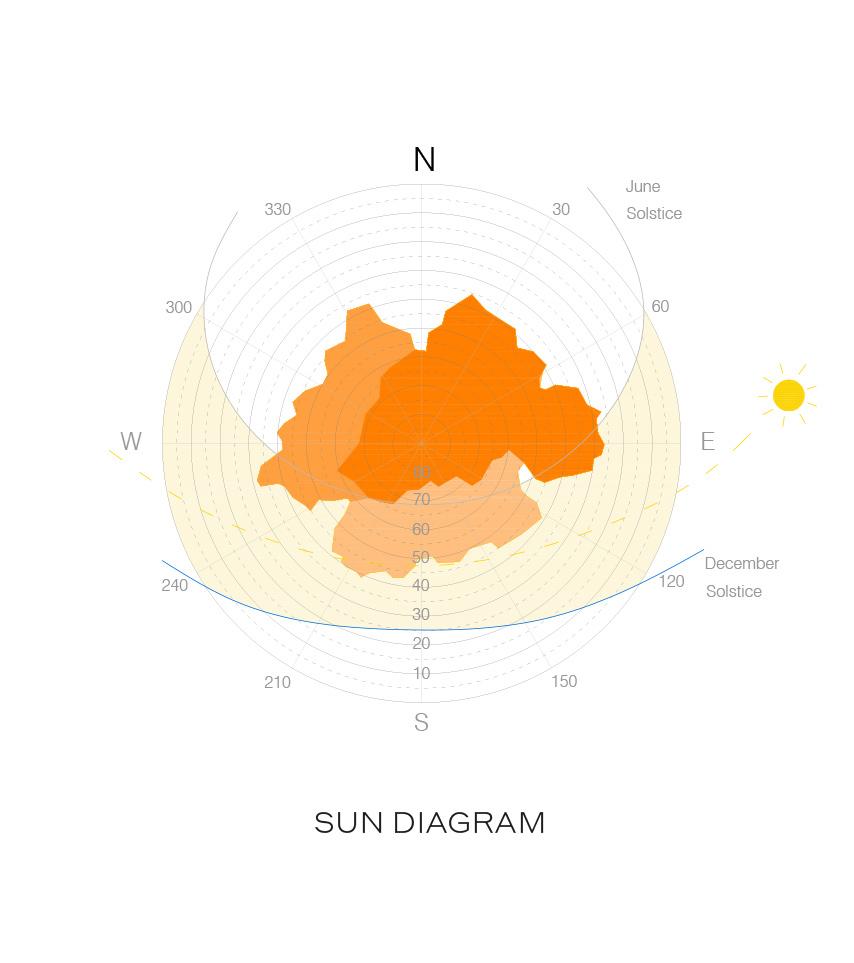
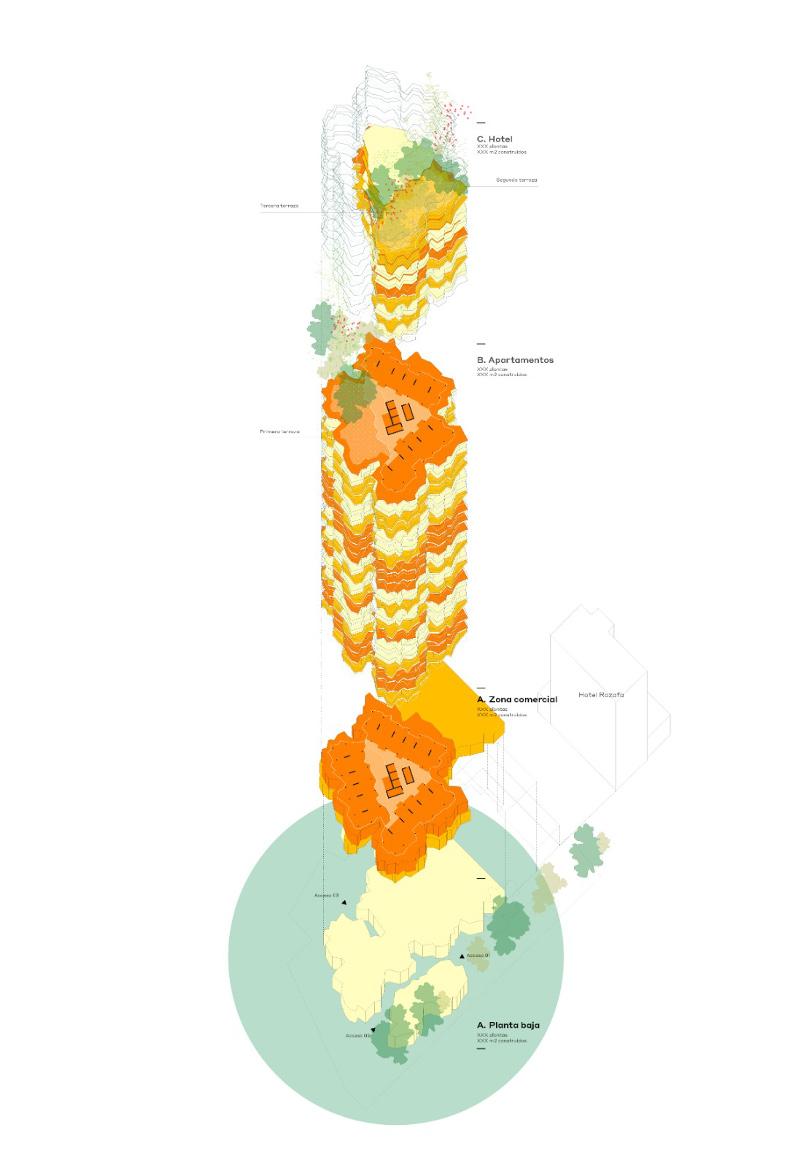
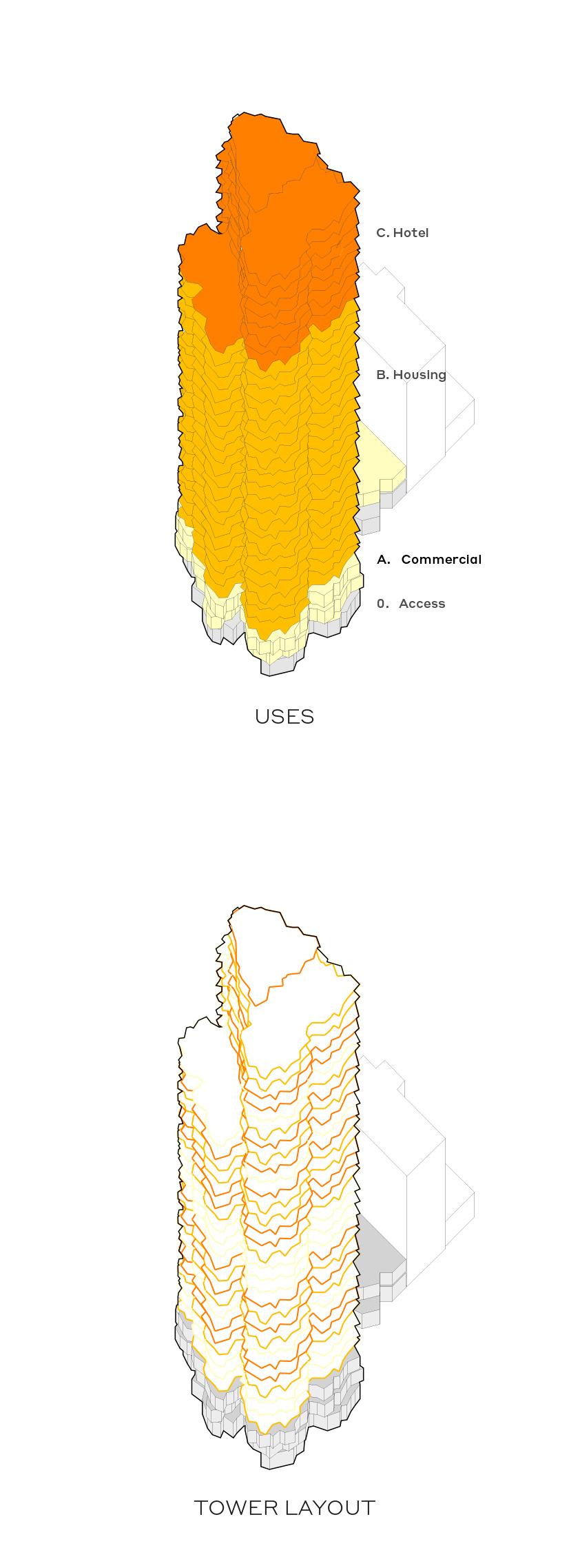
Arquitectos Architects
FRPO/Fernando Rodríguez, Pablo Oriol
Selgascano/José Selgas, Lucía Cano
Equipo Team
Adrián Sánchez, Loreto Mazariegos (FRPO); Paolo Tringali, Inés Olavarrieta (Selgascano)
Consultores Consultants
Mecanismo (ingeniería engineering)
Colaboradores Collaborators
Drawfield (imágenes rendering); Gilberto Ruiz Lopes (maqueta model)

